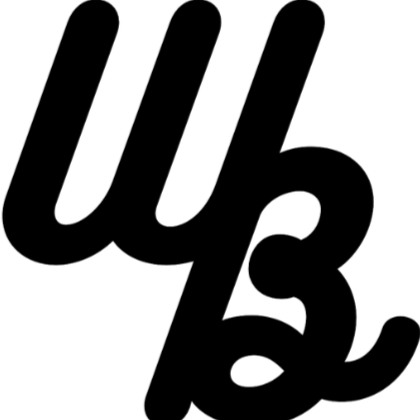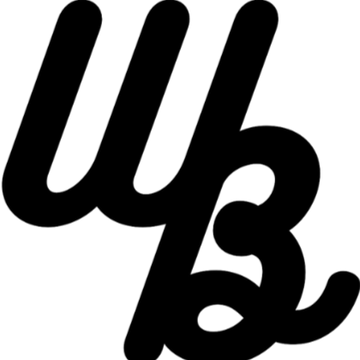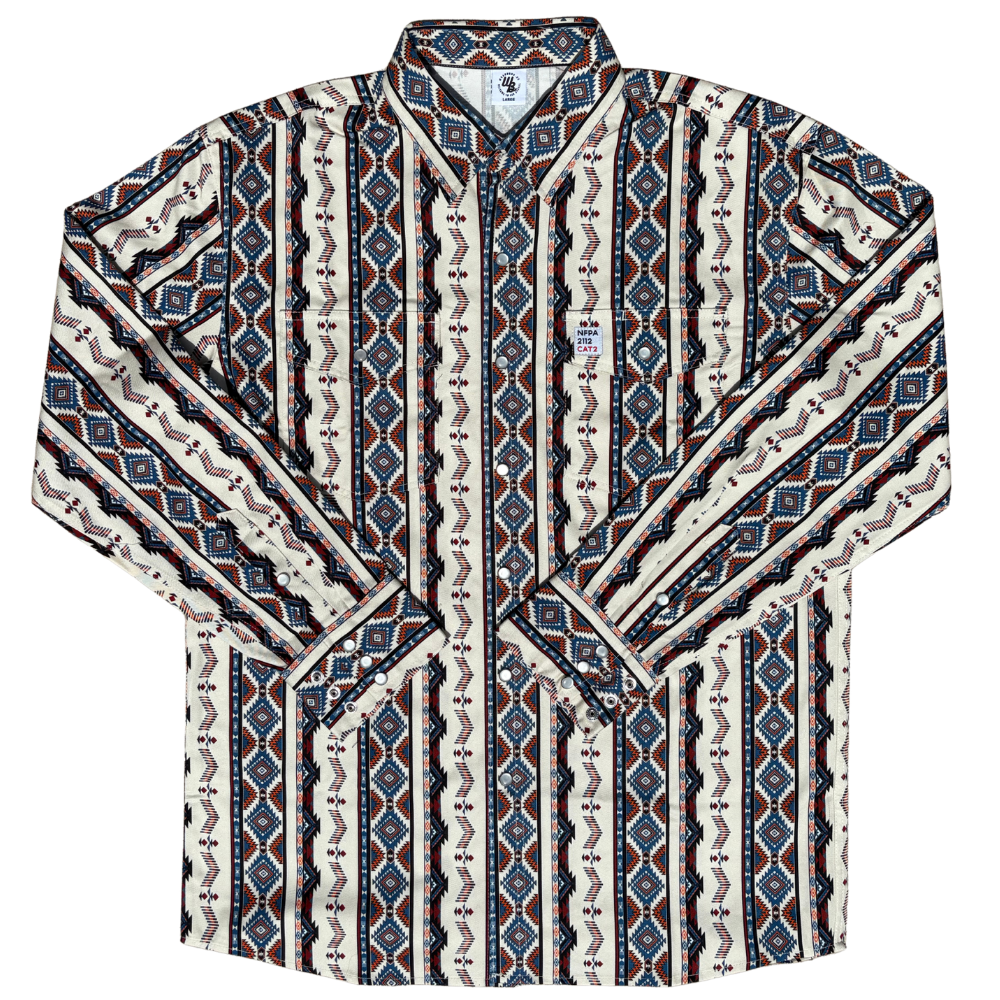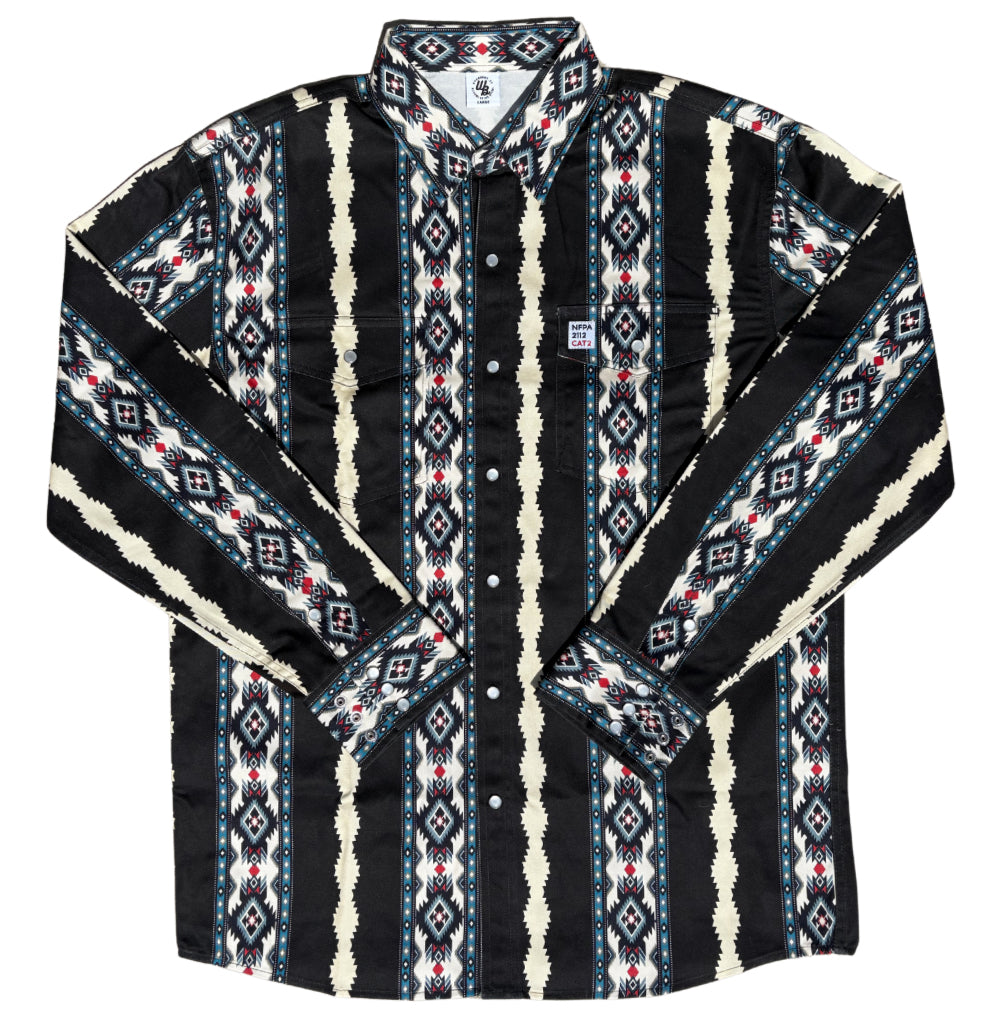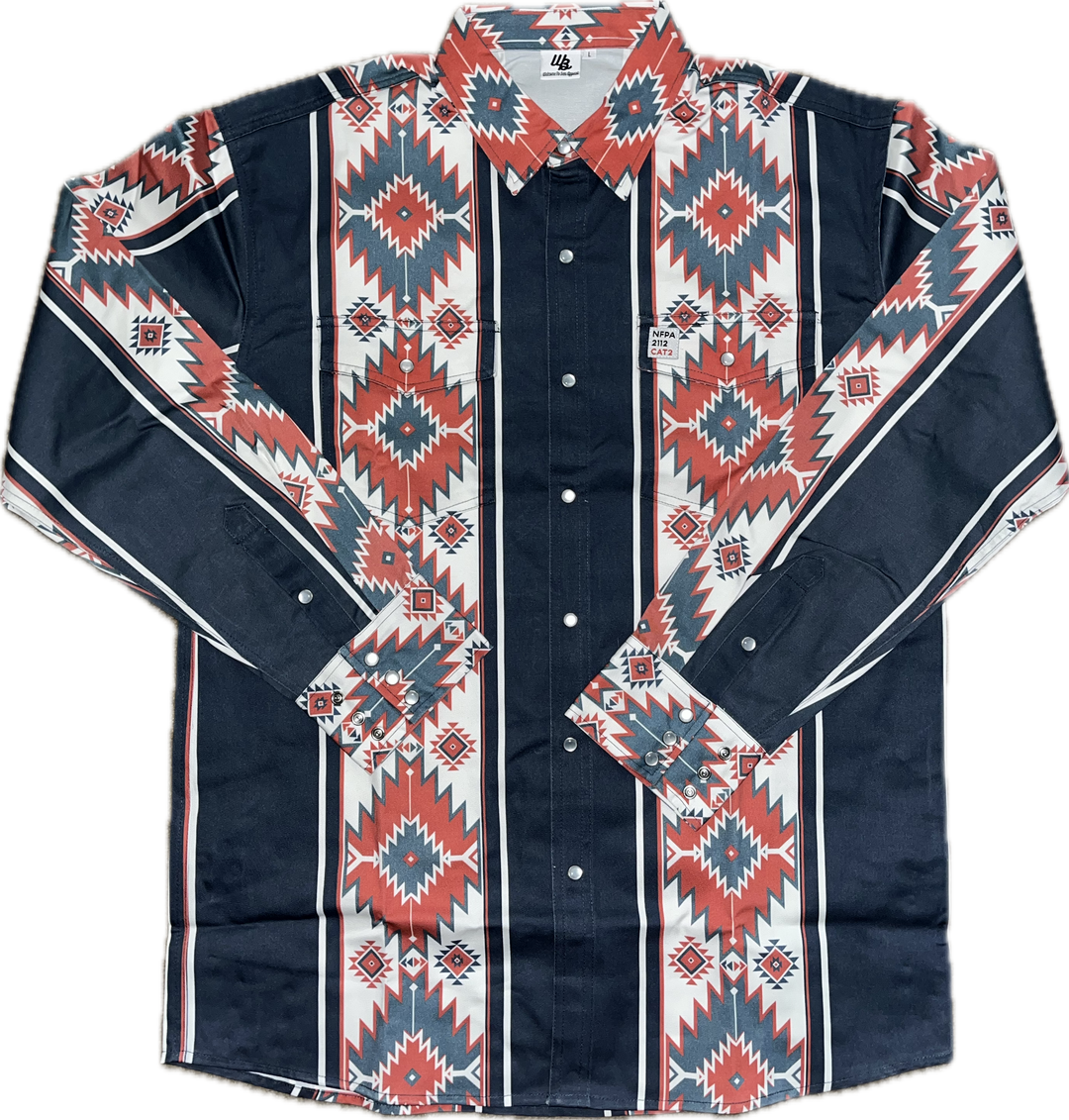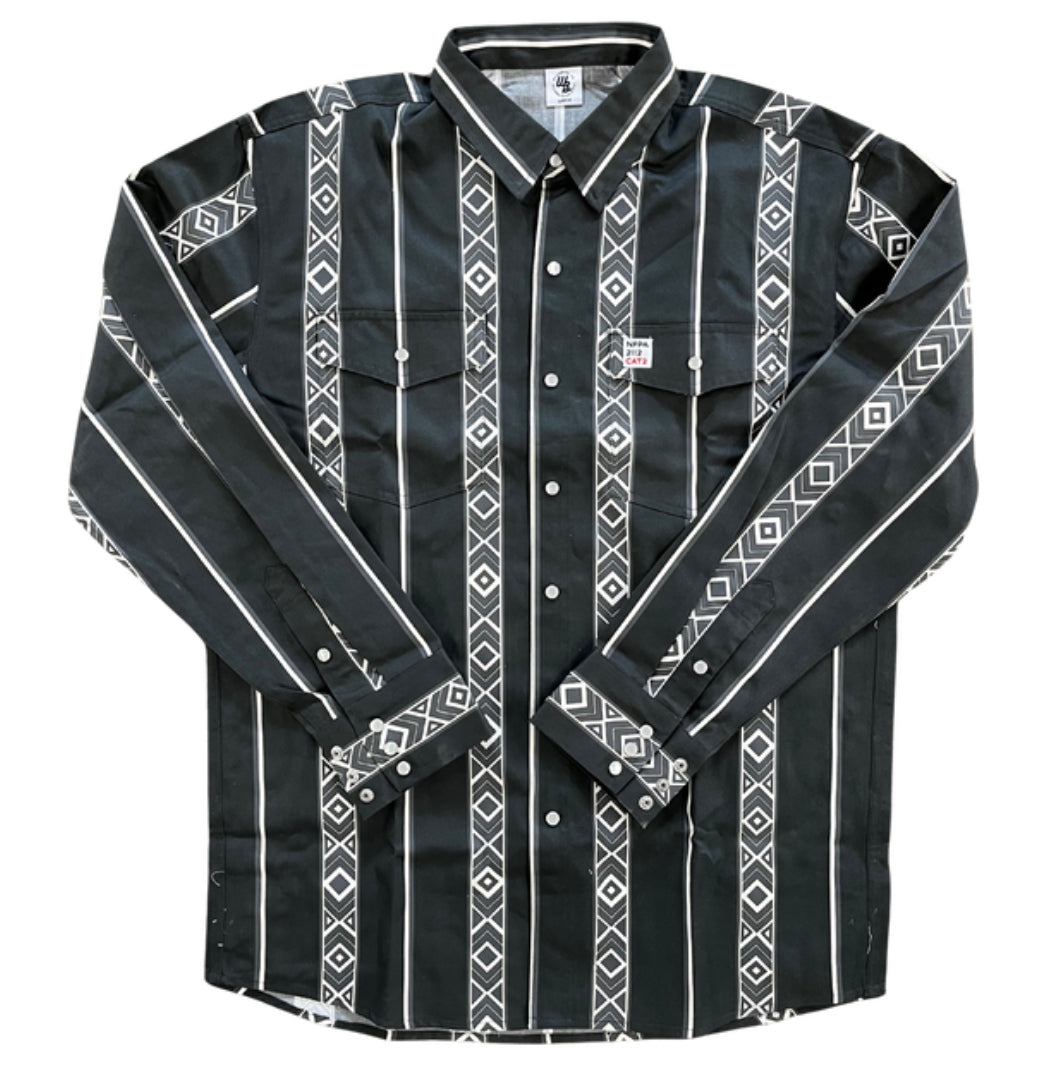What Is Welding? A Beginner’s Guide to the Trade
If you’ve ever wondered “what is welding?”, you’re not alone. Welding is one of those trades that looks simple when you watch a pro, but behind that shower of sparks is a skill that literally builds the world around us. From skyscrapers and pipelines to custom car frames and backyard BBQ pits, welding holds it all together.
This beginner’s guide breaks down the basics of welding—what it is, the main processes, safety tips, and the gear you’ll need to get started. Whether you’re curious about learning, thinking of taking a class, or just want to understand what’s happening when someone strikes an arc, this guide has you covered.
What Is Welding? (The Simple Definition)
At its core, welding is the process of joining two or more pieces of metal together by applying heat, pressure, or both. Unlike gluing or bolting, welding fuses the base metals themselves, creating a bond that’s usually as strong—or stronger—than the original pieces.
According to the American Welding Society (AWS), there are over 30 different welding processes used worldwide , but most welders will work with just a handful of them. The most common involve creating an electric arc between an electrode and the metal, generating enough heat to melt the base metal and form a joint when it cools.
Why Welding Matters
Welding isn’t just sparks and steel—it’s the backbone of modern life. Here are just a few ways welding impacts the world:
-
Infrastructure: Bridges, railroads, and skyscrapers all rely on welded steel.
-
Energy: Pipelines, power plants, and wind turbines wouldn’t exist without welders.
-
Manufacturing: From farm equipment to airplanes, welding is in nearly every product that uses metal.
-
Everyday Life: Even the chair you’re sitting on or the truck you drive likely has welds holding it together.
In short: no welding, no modern world. That’s why welders are in demand everywhere.
The 4 Most Common Welding Processes
When beginners ask, “What is welding?”, they’re often really asking: “What are the different ways to weld?” Here are the four you’ll hear about most:
1. MIG Welding (GMAW) – The Beginner’s Friend
-
Uses a spool of wire fed through a gun with shielding gas.
-
Known for being fast, clean, and relatively easy to learn.
-
Great for automotive, fabrication, and home projects.
2. TIG Welding (GTAW) – The Artist’s Choice
-
Uses a tungsten electrode and a separate filler rod, plus shielding gas.
-
Produces highly precise, clean welds, especially on thin metals like stainless steel or aluminum.
-
Requires more skill and patience, often called the “craftsman’s process.”
3. Stick Welding (SMAW) – The Old Reliable
-
Uses coated electrodes (rods) that create both the arc and shielding gas as they burn.
-
Tough, versatile, and works outdoors in wind or dirty environments.
-
A favorite for pipelines, structural steel, and heavy equipment.
4. Flux-Cored Welding (FCAW) – MIG’s Rugged Cousin
-
Similar to MIG, but the wire has flux inside, eliminating the need for a separate shielding gas.
-
Works well outdoors and on thicker metals.
👉 If you’re just starting out, most welders recommend beginning with MIG or Stick welding, since both are relatively beginner-friendly and widely used.
Welding Safety: Avoiding Rookie Mistakes
Here’s the part no one should skip. Welding is exciting, but it comes with real hazards: blinding light, burns, fumes, and electric shock. The Occupational Safety and Health Administration (OSHA) requires welders to follow strict safety standards —and for good reason.
Top Welding Safety Tips:
-
Wear PPE: Always wear a welding helmet, gloves, boots, and FR (flame-resistant) clothing.
-
Protect Your Eyes: The arc can cause “arc flash” (a painful burn to your cornea) in just seconds.
-
Avoid Flammable Clothing: Polyester or nylon can melt into your skin if hit by sparks.
-
Ventilate Your Area: Welding fumes are toxic. Always work in a ventilated space or use a fume extractor.
-
Ground Your Work: Prevents dangerous shocks.
-
Keep a Fire Extinguisher Handy: Sparks can travel up to 35 feet.
This is where FR welding shirts from WoahBros come into play. They’re made to handle sparks and heat, giving you protection regular work shirts just can’t match.
Tools and Gear You’ll Need as a Beginner
If you’re curious about trying welding, here’s the basic starter kit most new welders invest in:
-
Welding machine (MIG or Stick are best for beginners).
-
Helmet with auto-darkening lens.
-
Heavy-duty welding gloves.
-
FR welding shirt and pants (like WoahBros gear).
-
Leather boots.
-
Angle grinder (for prep and cleanup).
-
Clamps and a chipping hammer.
Starting small with the right gear not only keeps you safe but makes learning smoother.
Welding as a Career vs. Hobby
Welding can be a weekend hobby or a lifelong career. For hobbyists, you might weld up a BBQ smoker, fix a trailer, or build a custom go-kart. For professionals, welding can lead to jobs in construction, pipelines, shipbuilding, or even aerospace.
The U.S. Bureau of Labor Statistics reports that the median pay for welders is around $47,000 per year, with opportunities for six-figure incomes in specialized fields like underwater or pipeline welding . Skilled welders are in demand, and the trade isn’t going away anytime soon.
Conclusion: Welding Is the Trade That Builds Everything
So, what is welding? It’s the art and science of fusing metal to metal—and it’s everywhere. Whether you’re picking up a torch for the first time or just curious about the trade, welding is a skill that rewards patience, precision, and respect for safety.
If you’re starting out, gear up properly, practice consistently, and never cut corners on safety. And when it comes to clothing, don’t settle for flammable workwear—invest in flame-resistant welding shirts from WoahBros that are built to handle the heat while keeping you comfortable.
👉 Ready to learn more? Shop WoahBros welding gear here and get the protection you need to focus on building something that lasts.
Sources
-
American Welding Society (AWS) – Welding Basics
-
OSHA – Welding, Cutting, and Brazing Standards
-
U.S. Bureau of Labor Statistics – Welders, Cutters, Solderers, and Brazers: Occupational Outlook


